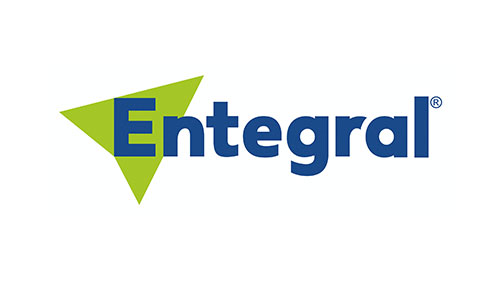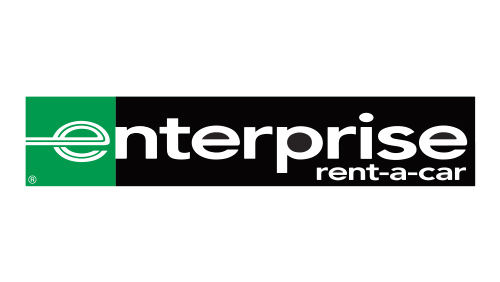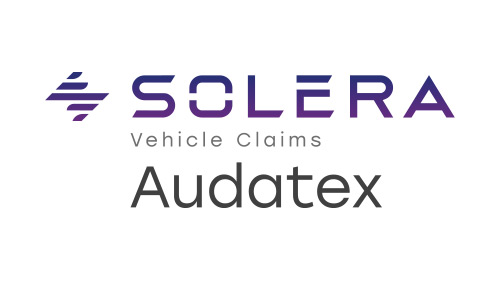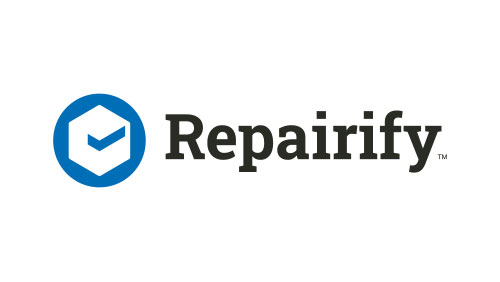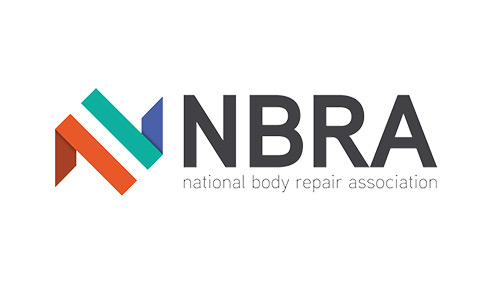New insight from Trend Tracker suggests that after a period of capacity challenges in vehicle repair, the market could be about to enter a new phase.
It says a combination of greater investment in the sector coupled with falling demand could create a dynamic where supply outstrips demand, although it warns that the continued skills crisis could go some way to balancing that in the coming years as the industry struggles to attract the 107,000 EV technicians and 25,000 ADAS technicians that will be needed by 2030.
However, Trend Tracker analysis does indicate a potential period of over-supply in the repair market before then.
Throughout 2023 repair costs escalated sharply, driven by a perfect storm of higher energy prices, increased labour rates, and the emergence of new technologies such as EVs and ADAS. To mitigate these higher claims costs, insurers raised the prices of their motor insurance products by more than 60%.
This helped to make the repair sector more attractive to investors, and that has only increased as inflation has tapered off. In recent times the industry has been boosted by Elysian Capital investing in Activate Accident Repair, Oakley Capital in Steer Automotive Group, Chiltern Capital in Rapid Repair Network, Mobeus in ABL1 Touch, and Jenson in Axioma.
That momentum has continued into 2024 with Trend Tracker data partners reporting a number of new members in the first quarter of the year.
However, while this investment has created greater capacity, it has coincided with falling demand despite the fact that there are no less cars on the road neither has accident frequency decreased.
Instead, Trend Tracker notes falling demand appears partly a result of economic decisions around the repair viability of certain models; the rising values of used cars; the growing number of EVs leading to more vehicles being written off – Trend Tracker salvage partners confirmed an increase in Cat N write offs in the past year while anecdotal evidence from repairers found that up to a quarter of all estimates completed were declared write offs; and consumers selecting different cover options to cut costs.
According to GoCompare, 23% of consumers said they were selecting policies with a £500 voluntary excess to lower premiums, while 15% had increased their excess. Meanwhile, motorists were also cutting back on legal cover (eight per cent) and windscreen cover (six per cent), while three per cent had sold their cars or stopped driving altogether due to steepling prices.
Paul Sell, Trend Tracker Director, said, “The converging factors of new investment creating new sites across the country and lead times falling has created available supply. But, increasing Cat N write-offs together with increased excesses and reduced policy covers are creating less vehicle repairs coming through. This could suggest the supply demand cycle maybe about to turn again, with consumers’ needs to mitigate price increases and the need to reduce claims costs unlikely to encourage volumes back into the new available capacity.”
ARC360-Trendtracker-April24





